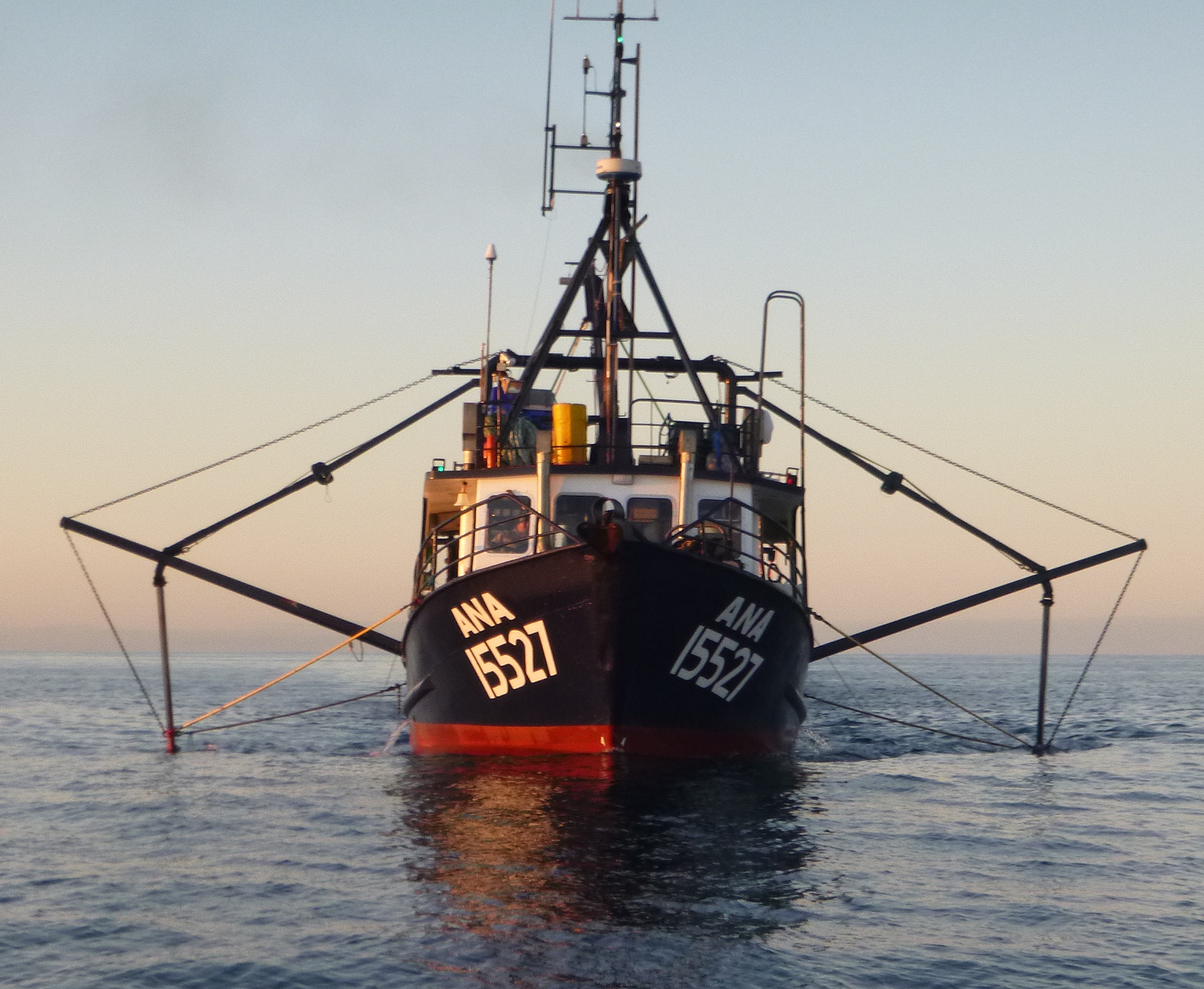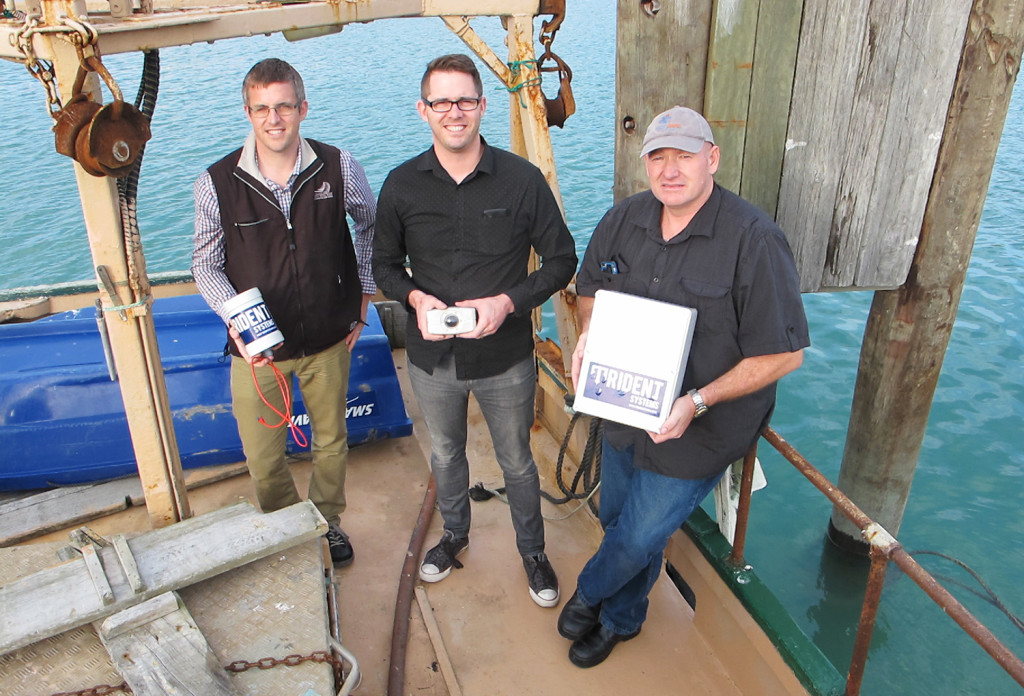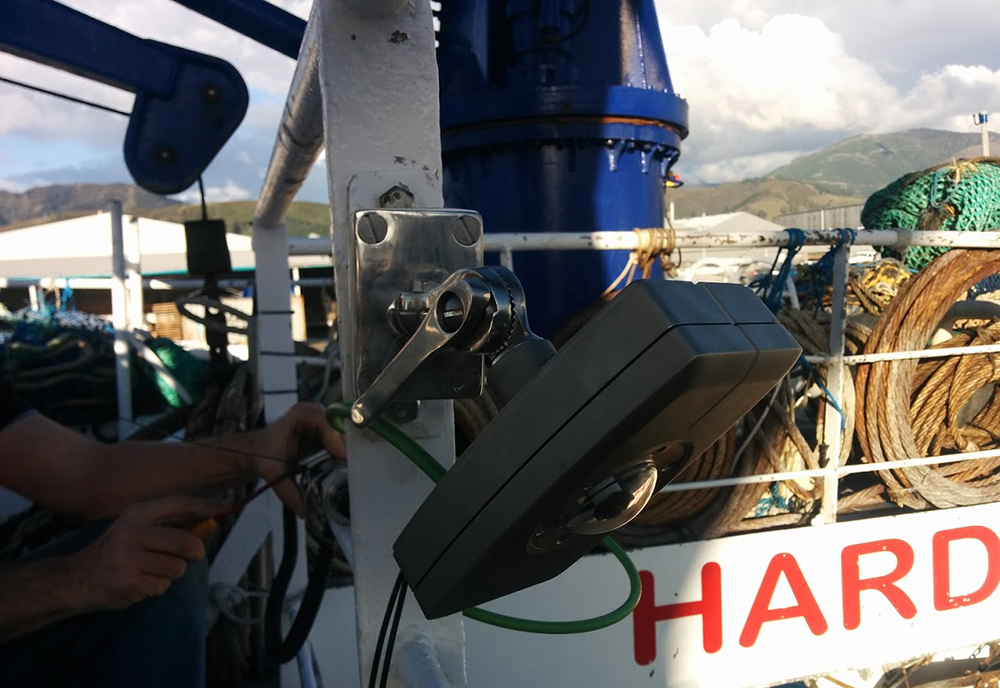“What you need in business is a significant problem to solve.” So says Chris Rodley, who with his brother Andrew is the brains behind exciting Nelson-based smart camera venture SnapIT (Snap Information Technologies), one of the finalists in this year’s NZ Innovators Awards. In the Rodleys’ case, the problem that inspired them to develop their innovative live network camera was initially modest: their father David wanted to be able to see what the weather was like at the family bach. Seven years later and the company is driven by a rather loftier mission: to play a role in ensuring sustainable global fisheries.
The company’s change of direction began with an enquiry in 2012 from Sanford Fisheries Managing Director Eric Barratt, who wondered whether SnapIT’s smart cameras could be installed on vessels to monitor on-board fishing practices. It was the proverbial bolt from the blue. Prior to Barratt’s call, the Rodleys had envisaged selling the technology to the tourism and construction sectors. Suddenly, they could see the potential for something far larger and more meaningful.
“Fisheries is such a precious resource to protect, and if we can manage it sustainably then our children’s children will be able to eat fish,” remarks Chris. “If we don’t, they won’t.”
The decision to “pivot” their business has been electrifying. Working with seafood industry research provider Trident Systems, and backed by two grants from Callaghan Innovation, including an injection in September of $1.2 million for R&D, the company has been furiously adapting its camera hardware and services for the fishing industry.
“We’re standing on the edge of a dark hole thinking ‘Man, I wonder what it’s like to step over’,” says Chris, who is the company’s chief executive. “It’s a very exciting time.”
Developed by the brothers in a Nelson garage, the original SnapIT camera stood out as something special from the beginning. Solar-powered and capable of capturing images to display live on the Net, it has no moving parts, meaning that multiple viewers can log in and see the footage from different directions, using their mouse to pan, zoom and tilt. The potential was obvious, and MetService, TV3 weather, various skifields and others quickly signed up with the Rodleys, whose business model was built around content fees.
More recently, the developers have tweaked the camera to provide 360 degree panoramas. “We didn’t have an application for that technology, we just thought it was cool,” says Chris. “Turns out fisheries is a really good application. A single camera can be mounted onboard to replace five or six fixed cameras, and gives a good overview of the vessel. When that is supplemented with a high quality camera focused on an area it becomes a useful tool. I was just demonstrating it, and you could see all the way down both sides of the vessel right back to the cabin, all of the interactions, everything.”
To what purpose? The Ministry for Primary Industries already operates an onboard observer programme, with officers going to sea to independently record catch and process data, verify quota compliance, and monitor a vessel’s interactions with protected species. Chris says the use of electronic monitoring needn’t put anyone out of a job.
“The footage will still need to be reviewed, it’s just that now it can be done from anywhere. I see it as a win, win, win, win situation. Environmental groups love it because it’s all about creating sustainable global fisheries by putting transparency and accountability in place. Fishermen love it. Obviously there’s a change of culture that needs to happen, but fishermen proponents say ‘I get accused of all this stuff, and at the moment I can’t prove when I have a gear event, or something happens, that it’s a legitimate thing’. As well, onboard observers represent another mouth to feed and take space on what is sometimes a really small vessel. Quota managers love the camera technology because it reduces costs. The Government loves it, because it means moving from limited coverage to 100 per cent coverage. And scientific organisations love it, too, because it provides pure data.”
Data is king. To adapt to a fisheries application, the camera has been reduced by 92 per cent in size to roughly the dimensions of a smart phone. Despite its modest scale, however, it comes with a terrabyte of internal storage, enough for 24/7 recording for up to three months at sea. A quad core CPU allows for video analysis to further enrich the data, which can be transmitted wirelessly. Adding to the complexity, SnapIT has developed a satellite communications system that allows for additional onboard sensors to measure things such as water temperature and flow.
“Real time is key for these fisheries guys,” says Chris. “Even allowing for catch reporting to be transmitted as it happens is a massive thing for the industry, and our technology facilitates that.”
Yet all of this data _ and Chris says we are talking potentially petabytes of it _ presents a major challenge, not least in keeping it secure. “Fisheries data is extremely sensitive and needs to be protected. We are able to ensure the entire data chain is covered, and that it’s all fully encrypted when stored.”
With onboard cameras filming constantly there is also potentially a massive pile of footage to sift for useful information. With that in mind, SnapIT has spent the last year developing automatic video analysis capability.
“In general terms, what we are developing is a system that will do things like figure out when a haul is happening, or a boat is steaming back to port, so it can be targeted.”
With so much data to be stored, transmitted, secured and managed, the company has been required to become an ISP. “We’re now able to set up points of presence around the country to shift the huge quantities of data we have to [move]. We’ve developed server infrastructure and secure storage systems. One of the commercial suppliers we approached told us that if this [fishing industry work] goes the way we expect then we could end up being one of the largest data stores in the country. The whole thing is mind blowing.”
He credits any success to date to the support of Callaghan Innovation, which also provided $500,000 in 2014. “The funding has been great; it’s allowed us to expand our staff from three to 11, and to build a product that I think is world [leading]. But it’s not just about money; we’ve also had significant amounts of support, advice and connections from them, too.”
Clearly, the Government’s innovation engine believes in the company, listing SnapIT as one of 50 startups with exciting future growth prospects. The Rodleys themselves don’t lack for confidence – Chris has said before the target is to become a $100 million exporting powerhouse, and the pivot into fisheries has only reinforced that sense of great potential. The first order of business is to nail the domestic market and get some “runs on the board”, he says, but eventually the wider world beckons.
“There are 1.1 million vessels globally that would be suitable for electronic monitoring. It’s going to happen, I believe, because it’s now recognised that our fisheries are a finite resource -renewable, but finite. Our mission statement in business is capturing innovation, and we are well on the way!”






Leave a comment